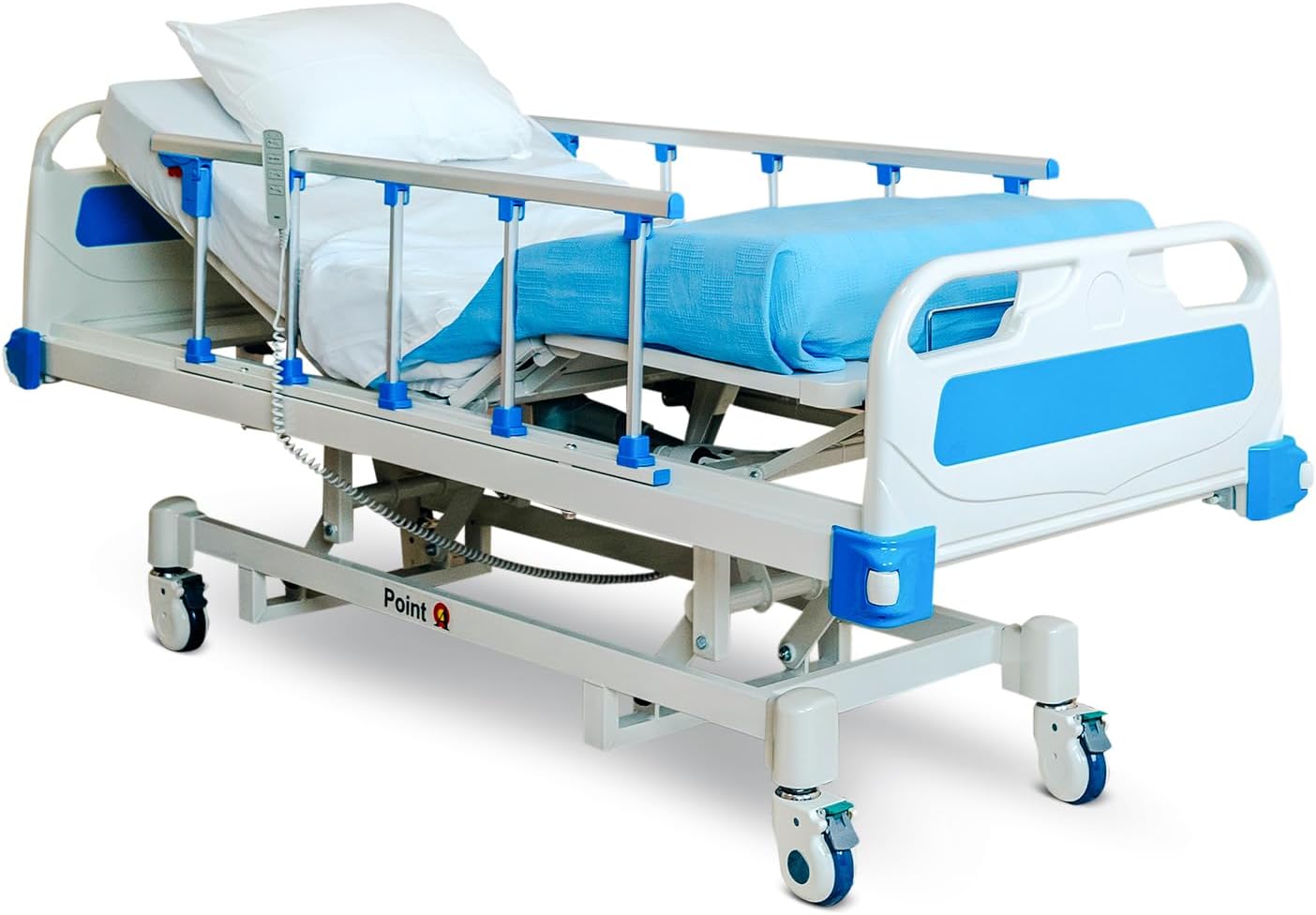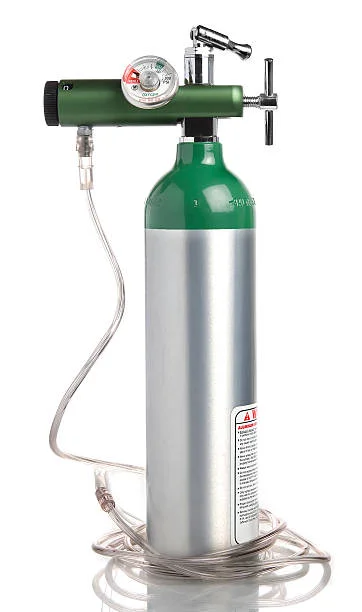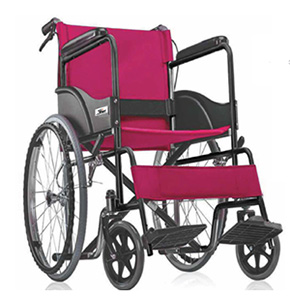Medical equipment plays a crucial role in healthcare, ensuring accurate diagnostics, efficient treatment, and improved patient care. However, to keep these devices functioning optimally, regular maintenance is essential. At KR Healthcare, we understand the importance of medical equipment reliability and safety. In this guide, we share expert tips on maintaining medical equipment for longevity and efficiency.
1.1 Why Maintenance of Medical Equipment is Essential
- Ensures Patient Safety – Malfunctioning equipment can lead to incorrect diagnoses and compromised patient care.
- Extends Equipment Life – Routine maintenance helps prevent premature wear and tear.
- Reduces Downtime – Well-maintained devices are less likely to fail unexpectedly, ensuring uninterrupted healthcare services.
- Compliance with Regulations – Healthcare facilities must comply with medical equipment maintenance regulations to meet industry standards.
- Cost Savings – Preventative maintenance reduces the need for expensive emergency repairs or replacements.
1.2 Types of Medical Equipment Maintenance
- Preventive Maintenance (PM) – Scheduled inspections and servicing to detect potential issues before failure.
- Corrective Maintenance – Repairs performed when equipment malfunctions or breaks down.
- Calibration and Testing – Ensuring the accuracy and precision of medical devices like imaging machines and monitors.
- Cleaning and Sterilization – Keeping equipment free from contaminants to maintain hygiene and prevent infections.
1.3 Best Practices for Medical Equipment Maintenance
1. Follow Manufacturer Guidelines
Each medical device comes with a manufacturer’s maintenance manual outlining recommended servicing schedules, cleaning methods, and troubleshooting tips. Adhering to these guidelines ensures proper upkeep.
2. Conduct Regular Inspections
Routine visual and functional checks help identify early signs of wear, damage, or calibration issues. Establish a checklist for medical staff to follow, covering:
- Battery and power supply status
- Loose wires or damaged cables
- Calibration accuracy
- Mechanical wear and tear
3. Keep Equipment Clean and Sterile
Proper cleaning and sterilization are critical for infection control. Follow these steps:
- Use hospital-grade disinfectants for cleaning surfaces.
- Avoid using harsh chemicals that may damage sensitive components.
- Follow correct autoclaving and sterilization procedures for surgical instruments.
4. Train Healthcare Staff on Equipment Handling
User errors can lead to equipment malfunction and reduced lifespan. Regular training programs ensure medical personnel understand:
- Correct operation techniques
- Emergency troubleshooting
- Safe storage practices
5. Schedule Preventive Maintenance Checks
Partnering with a professional medical equipment service provider like KR Healthcare ensures regular servicing and inspections, minimizing unexpected failures.
6. Replace Worn-Out Parts Promptly
Worn-out parts, such as filters, batteries, and sensors, should be replaced as per manufacturer recommendations to maintain efficiency and safety.
7. Maintain a Detailed Service Log
Recordkeeping of maintenance activities helps track equipment performance, identify recurring issues, and ensure compliance with healthcare regulations.
1.4 Common Medical Equipment and Their Maintenance Needs.
1. Imaging Equipment (MRI, CT Scanners, X-ray Machines)
- Regular calibration to ensure image clarity
- Cooling system maintenance
- Software updates
2. Patient Monitoring Systems
- Sensor and probe cleaning
- Battery checks and replacements
- Software diagnostics
3. Ventilators and Anesthesia Machines
- Regular filter replacements
- Gas flow calibration
- Functional testing before each use
4. Infusion Pumps
- Regular inspection of tubing and connections
- Flow rate calibration
- Cleaning and disinfection
5. Surgical Instruments and Sterilizers
- Proper sterilization after each use
- Routine checks for wear and tear
- Sharpness testing for surgical tools
1.5 Benefits of Partnering with KR Healthcare for Equipment Maintenance
- Expert Technicians – Our trained professionals ensure precise maintenance and repairs.
- Comprehensive Service Plans – We offer tailored maintenance plans for hospitals and clinics.
- Quick Response Time – Minimize downtime with our efficient support.
- Compliance Assurance – We help healthcare facilities adhere to safety and regulatory standards.
- Cost-Effective Solutions – Save on long-term repair costs with our preventive maintenance programs.
1.6 Conclusion.
Maintaining medical equipment is vital for patient safety, equipment longevity, and operational efficiency. Regular servicing, proper cleaning, and staff training help keep devices in optimal condition. By following these tips and partnering with a trusted maintenance provider like KR Healthcare, healthcare facilities can ensure seamless medical operations and enhanced patient care.
📞 Contact KR Healthcare for Expert Medical Equipment Maintenance Services!
